This crusade is much more important than the anti-lynching movement,
because there would be no lynching if it did not start in the schoolroom.
— Carter G. Woodson
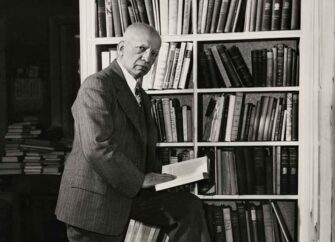
Carter G. Woodson in his library. Source: The Association for the Study of African American Life and History
On Feb. 7, 1926, Carter G. Woodson, initiated the first celebration of Negro History Week which led to Black History Month, to extend and deepen the study and scholarship on African American history, all year long. Further below is an essay on the history and purpose of the commemoration, including why Woodson chose February.
The story of Claudette Colvin is one of many examples of the impact of Negro History Week (Black History Month). She refused to move on a Montgomery bus on March 2, 1955, inspired by the lessons in February at her school.
I could not move, because history had me glued to the seat. . . It felt like Sojourner Truth’s hands were pushing me down on one shoulder and Harriet Tubman’s hands were pushing me down on another shoulder, and I could not move.
For more on Woodson, read Fugitive Pedagogy: Carter G. Woodson and the Art of Black Teaching and visit the Carter G. Woodson Home National Historic Site (National Park Service) and statue in Washington, D.C.
By Daryl Michael Scott
Carter G. Woodson chose February for Negro History Week for reasons of tradition and reform. It is commonly said that Woodson selected February to encompass the birthdays of two great Americans who played a prominent role in shaping Black history, namely Abraham Lincoln and Frederick Douglass, whose birthdays are the 12th and the 14th, respectively. More importantly, he chose them for reasons of tradition. Since Lincoln’s assassination in 1865, the Black community, along with other Republicans, had been celebrating the fallen president’s birthday. And since the late 1890s, Black communities across the country had been celebrating Douglass’. Well aware of the pre-existing celebrations, Woodson built Negro History Week around traditional days of commemorating the Black past. He was asking the public to extend their study of Black history, not to create a new tradition. In doing so, he increased his chances for success.
Yet Woodson was up to something more than building on tradition. Without saying so, he aimed to reform it from the study of two great men to a great race. Though he admired both men, Woodson had never been fond of the celebrations held in their honor. He railed against the “ignorant spellbinders” who addressed large, convivial gatherings and displayed their lack of knowledge about the men and their contributions to history. More importantly, Woodson believed that history was made by the people, not simply or primarily by great men. He envisioned the study and celebration of the Negro as a race, not simply as the producers of a great man. And Lincoln, however great, had not freed the slaves — the Union Army, including hundreds of thousands of Black soldiers and sailors, had done that. Rather than focusing on two men, the Black community, he believed, should focus on the countless Black men and women who had contributed to the advance of human civilization.
From the beginning, Woodson was overwhelmed by the response to his call. Negro History Week appeared across the country in schools and before the public. The 1920s was the decade of the New Negro, a name given to the post-World War I generation because of its rising racial pride and consciousness. Urbanization and industrialization had brought over a million African Americans from the rural South into big cities of the nation. The expanding Black middle class became participants in and consumers of Black literature and culture. Black history clubs sprang up, teachers demanded materials to instruct their pupils, and progressive whites stepped forward and endorsed the efforts.
Woodson and the Association for the Study of African American Life and History (ASALH) scrambled to meet the demand. They set a theme for the annual celebration, and provided study materials—pictures, lessons for teachers, plays for historical performances, and posters of important dates and people. Provisioned with a steady flow of knowledge, high schools in progressive communities formed Negro History Clubs. To serve the desire of history buffs to participate in the re-education of Black folks and the nation, ASALH formed branches that stretched from coast to coast. In 1937, at the urging of Mary McLeod Bethune, Woodson established the Negro History Bulletin, which focused on the annual theme. As Black populations grew, mayors issued Negro History Week proclamations, and in cities, like Syracuse, progressive whites joined Negro History Week with National Brotherhood Week.
Like most ideas that resonate with the spirit of the times, Negro History Week proved to be more dynamic than Woodson or ASALH could control. By the 1930s, Woodson complained about the intellectual charlatans, Black and white, popping up everywhere, seeking to take advantage of the public interest in Black history. He warned teachers not to invite speakers who had less knowledge than the students themselves. Increasingly, publishing houses that had previously ignored black topics and authors rushed to put books on the market and in the schools. Instant experts appeared everywhere, and non-scholarly works appeared from “mushroom presses.” In America, nothing popular escapes either commercialization or eventual trivialization, and so Woodson, the constant reformer, had his hands full in promoting celebrations worthy of the people who had made the history.
Well before his death in 1950, Woodson believed that the weekly celebrations — not the study or celebration of Black history — would eventually come to an end. In fact, Woodson never viewed Black history as a one-week affair. He pressed for schools to use Negro History Week to demonstrate what students learned all year. In the same vein, he established a Black studies extension program to reach adults throughout the year. It was in this sense that Blacks would learn of their past on a daily basis that he looked forward to the time when an annual celebration would no longer be necessary. Generations before Morgan Freeman and other advocates of all-year commemorations, Woodson believed that Black history was too important to America and the world to be crammed into a limited time frame. He spoke of a shift from Negro History Week to Negro History Year.
In the 1940s, efforts began slowly within the Black community to expand the study of Black history in the schools and Black history celebrations before the public. In the South, Black teachers often taught Negro History as a supplement to United States history. One early beneficiary of the movement reported that his teacher would hide Woodson’s textbook beneath his desk to avoid drawing the wrath of the principal. During the Civil Rights Movement in the South, the Freedom Schools incorporated Black history into the curriculum to advance social change. The Negro History movement was an intellectual insurgency that was part of every larger effort to transform race relations.
The 1960s had a dramatic effect on the study and celebration of Black history. Before the decade was over, Negro History Week would be well on its way to becoming Black History Month. The shift to a month-long celebration began even before Woodson’s death. As early as 1940s, Blacks in West Virginia, Woodson’s home state where he often spoke, began to celebrate February as Negro History Month. In Chicago, a now forgotten cultural activist, Fredrick H. Hammaurabi, started celebrating Negro History Month in the mid-1960s. Having taken an African name in the 1930s, Hammaurabi used his cultural center, the House of Knowledge, to fuse African consciousness with the study of the Black past.
By the late 1960s, as young Blacks on college campuses became increasingly conscious of links with Africa, Black History Month replaced Negro History Week at a quickening pace. Within ASALH, younger intellectuals, part of the awakening, prodded Woodson’s organization to change with the times. They succeeded. In 1976, fifty years after the first celebration, ASALH used its influence to institutionalize the shifts from a week to a month, and from Negro history to Black history. Since the mid-1970s, every U.S. president has issued proclamations endorsing the ASALH’s annual theme.
What Carter G. Woodson would say about the continued celebrations is unknown, but he would smile on all honest efforts to make Black history a field of serious study and provide the public with thoughtful celebrations.
Daryl Michael Scott is professor of history at Howard University and former president of ASALH.
Reprinted from ASALH with hyperlinks added by the Zinn Education Project. © 2011, 2010, 2009 ASALH
Resources for Teaching African American History
The Zinn Education Project offers a selection of recommended lessons, books, films, articles, archives, and websites for teaching African American history as central to all U.S. history. The resources can be filtered by time period, type of resource, and/or reading level.
Find more resources below, including a children’s book about Carter Woodson.

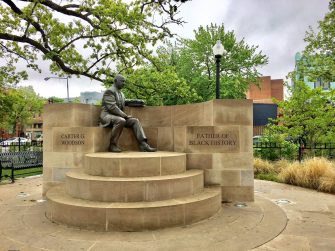
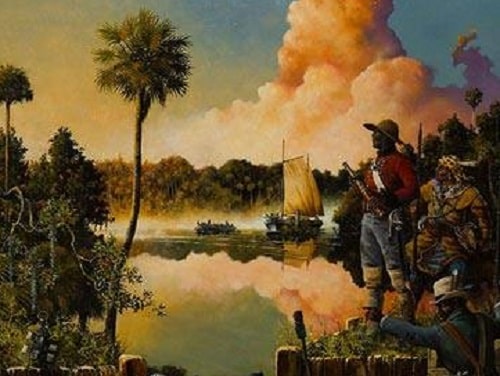
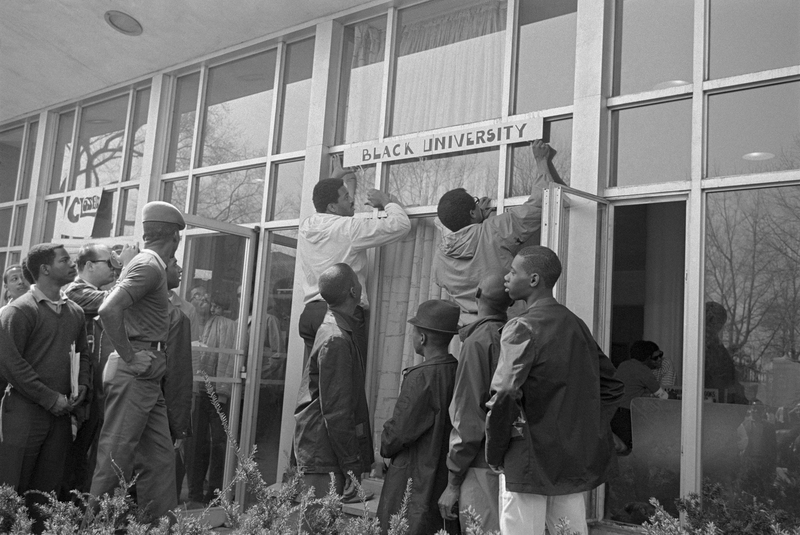
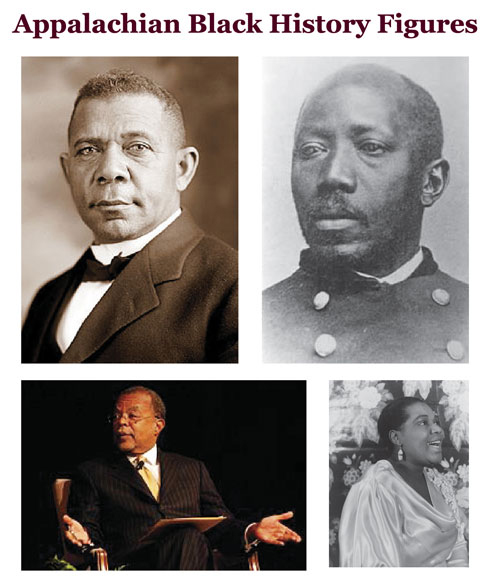
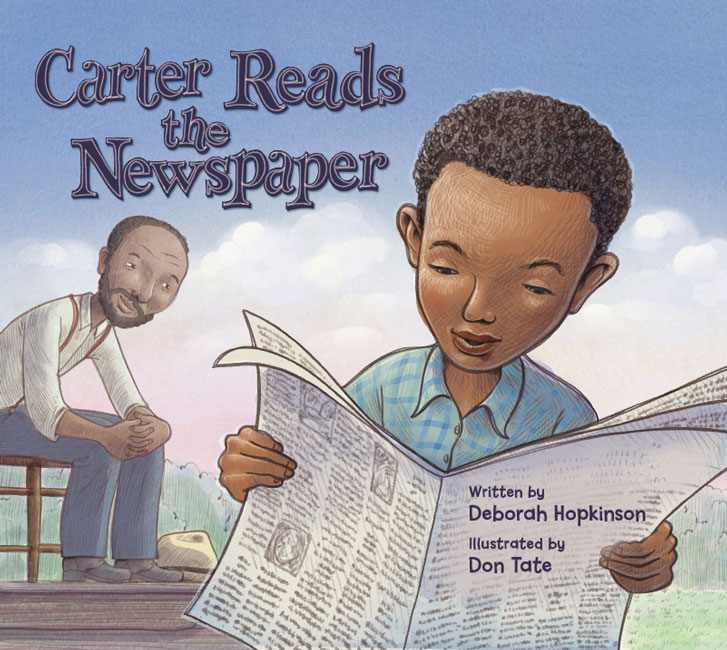

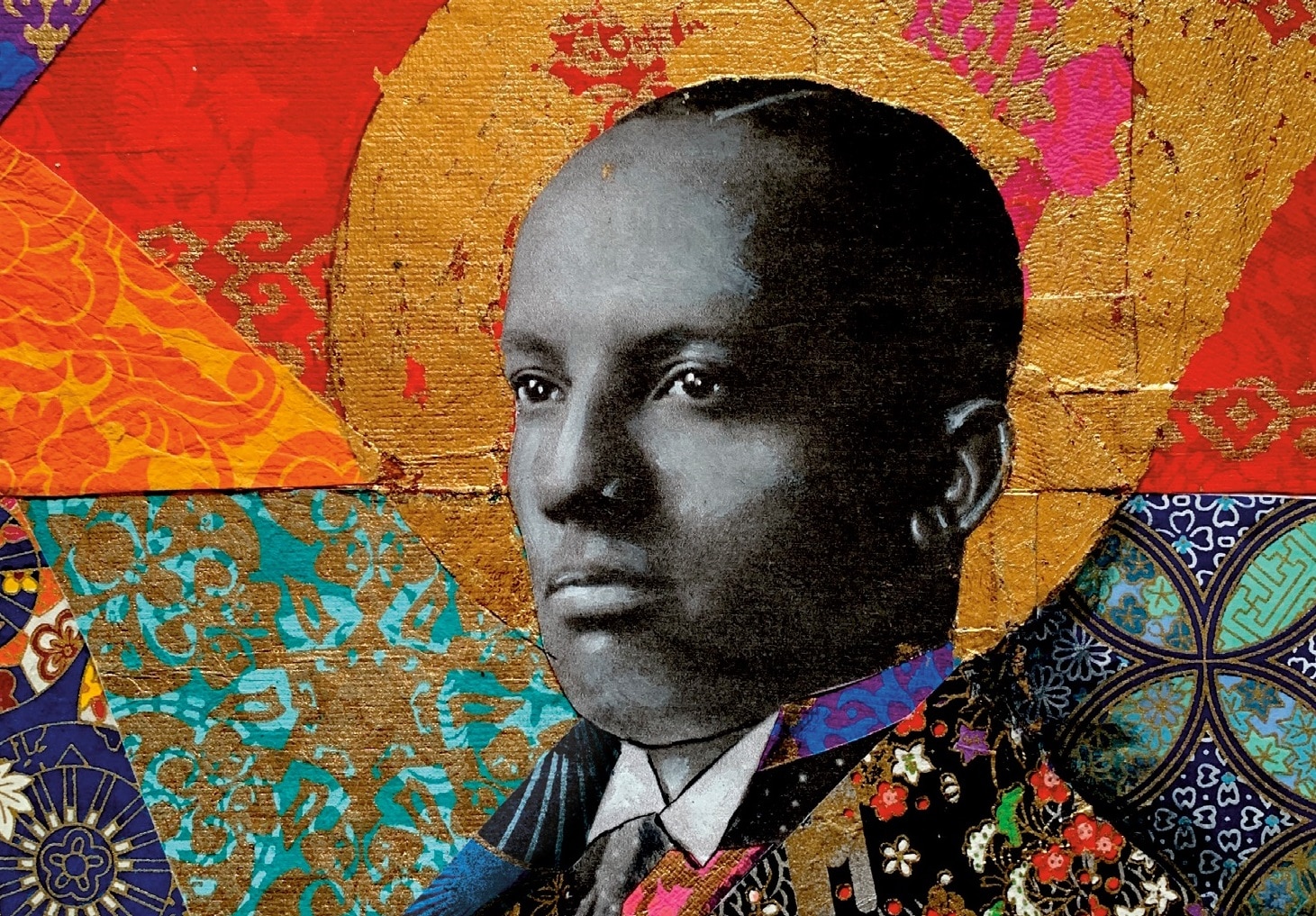
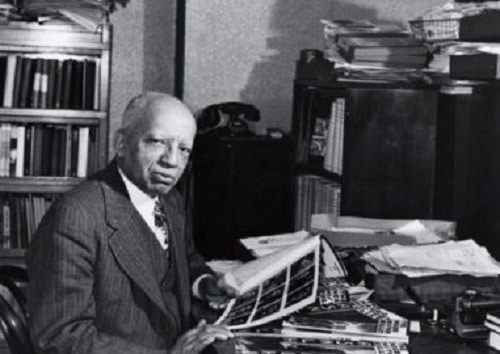





Twitter
Google plus
LinkedIn